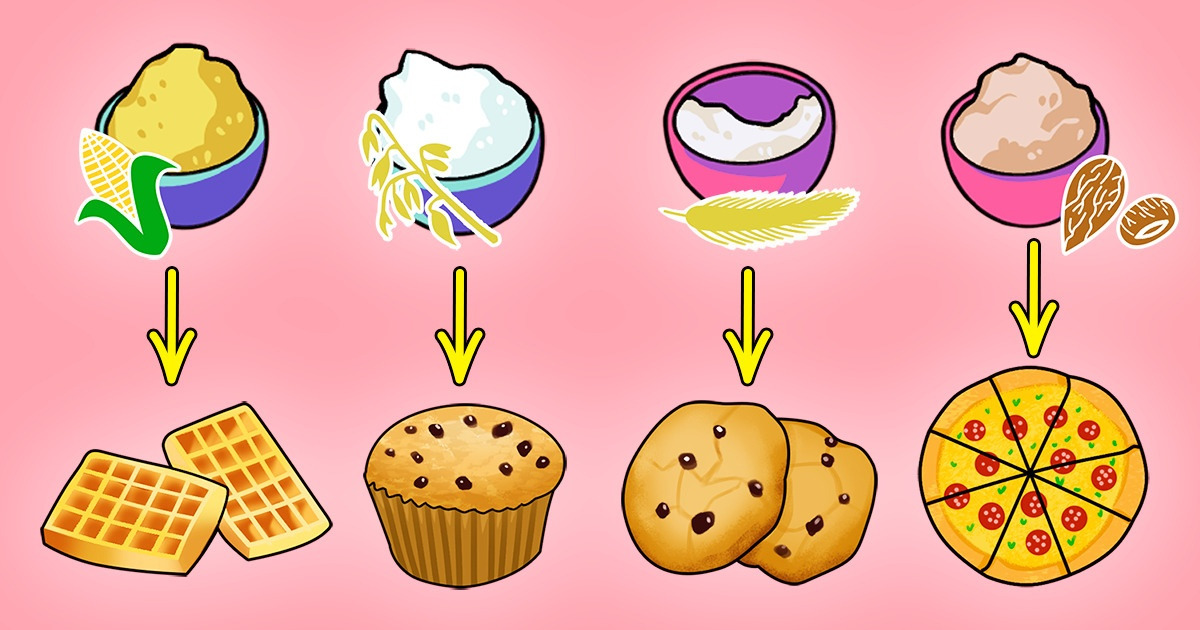
Different Types of Flour, and What Recipes They Are Best For

Even though many of us use only 2 types of flour: rye flour and wheat flour, there are many other types of flour out there. Some of them are good for pastries, others are used in culinary and baking.
Together with 5-Minute Crafts, you’ll find out what types of flour there are, and what dishes they are best for.
Corn flour

Corn flour contains all parts of the whole corn kernels, which is why it’s recognized as a whole grain. It has a yellow color, a sweet taste, and a dense and crumbly texture.
Features: It’s gluten-free. The nutritional value per 100 g (3.53 oz) is 361 cal.
It’s good for: pastries, bread, pancakes, waffles, and cookies. It can also be used to thicken sauces, soups, and other dishes.
How to substitute all-purpose flour: In baked goods, use 1/4 cup of corn flour for every cup of all-purpose flour mentioned in the recipe.
Coconut flour
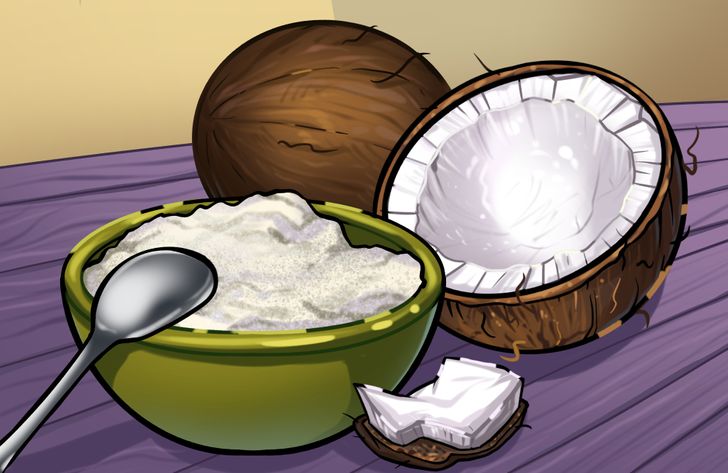
Coconut flour is made from crushed and dried coconut meat. It’s rich in fiber and healthy fats and has a mild, sweet coconut flavor. Due to its fibrous nature, coconut flour can absorb significantly more liquid than any other flour. This should be taken into account during cooking, so as not to make your baked goods too dry.
Features: It’s gluten-free. It’s high in fiber and low in carbs. It’s safe to eat raw. The nutritional value per 100 g (3.53 oz) is 400 cal.
It’s good for: cakes, cookies, muffins, and pancakes. It can also be used to thicken baked goods and other dishes.
How to substitute all-purpose flour: 1/4 to 1/5 part of coconut flour can substitute 1 part of all-purpose flour in most recipes. But you’ll also have to add the same amount of liquid or oil, as coconut flour absorbs a lot of liquid. Also, when replacing all-purpose flour with coconut flour, use more eggs (approximately 2 times more).
Millet flour
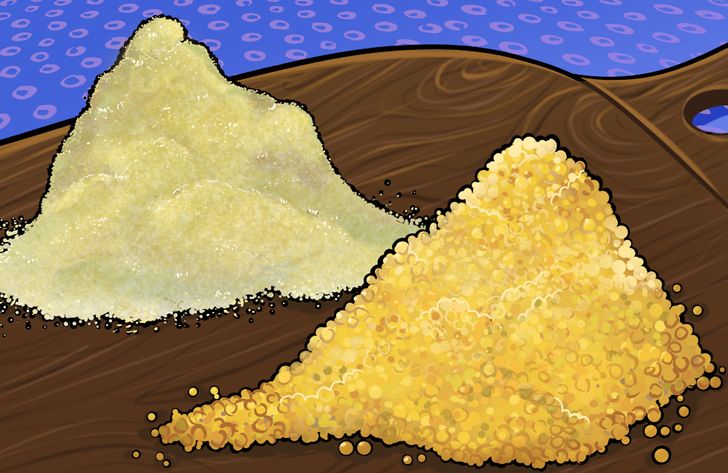
Millet flour is produced by grinding millet grains. It contains a lot of vitamins, minerals, and fiber. It has a delicate nutty-sweet taste and a crumbly texture.
Features: It’s whole grain flour that is gluten-free. The nutritional value per 100 g (3.53 oz) is 382 cal.
It’s good for: desserts and sweet pastries, pancakes, and muffins.
How to substitute all-purpose flour: Due to its sweetish taste, millet flour is often used alongside other baking flours, although it can also be used alone. 1/2 to 1/3 cup of millet flour can replace a whole cup of all-purpose flour.
Oat flour
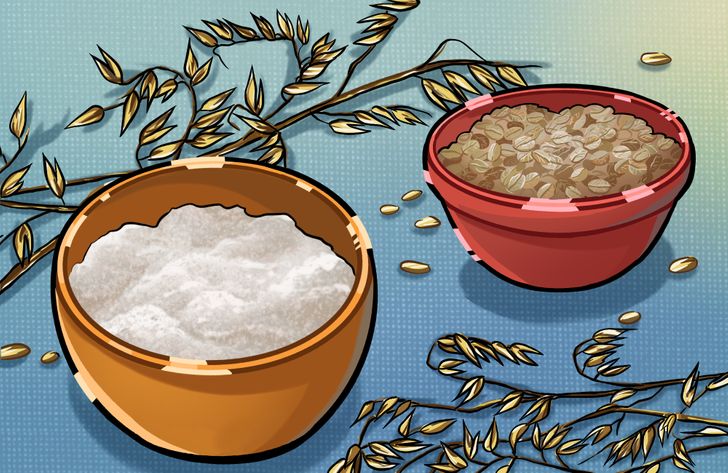
Oat flour is produced by grinding oats. It contains both soluble and insoluble fiber, which can lower blood sugar and normalize the intestinal microflora.
Since oat flour is gluten-free, products made from it won’t be as puffy as those made from all-purpose flour.
Features: It’s whole grain flour and gluten-free. The nutritional value per 100 g (3.53 oz) is 404 cal.
It’s good for: pancakes, waffles, muffins, and cheesecakes.
How to substitute all-purpose flour: Oat flour makes baked goods more moist, so it will be quite difficult to use it in the recipes that call for wheat flour. It is best to use oat flour in recipes that are specifically designed for it.
Rye flour
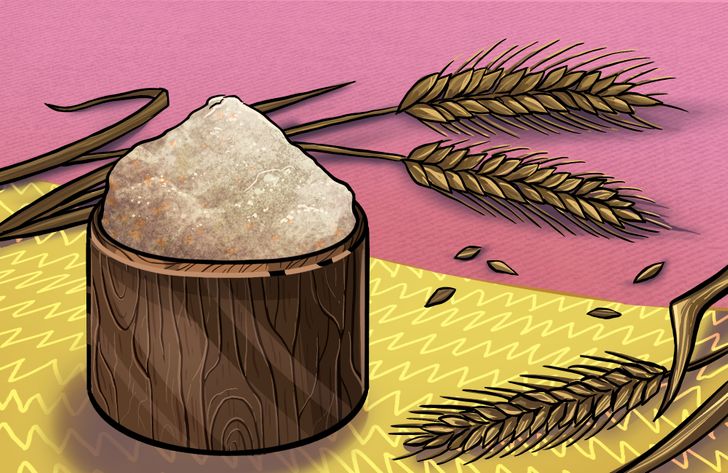
Rye flour is rich in nutrients. It contains iron, phosphorus, potassium, calcium, sodium, manganese, vitamins (group B, A and E), and amino acids (lysine, niacin and others).
Rye flour tends to make baked goods more dense and heavier than wheat flour. This flour is whole grain and contains gluten (albeit in smaller quantities than wheat).
The color of the flour can vary from lighter to darker, depending on how much of the bran has been removed through the milling process.
Features: It’s low in gluten and it’s whole grain flour. The nutritional value per 100 g (3.53 oz) is 349 cal.
It’s good for: bread, cakes, buns, and pancakes.
How to substitute all-purpose flour: 1 cup of all-purpose flour in a recipe can be replaced with 1 cup and 2 tablespoons of rye flour.
Wheat flour
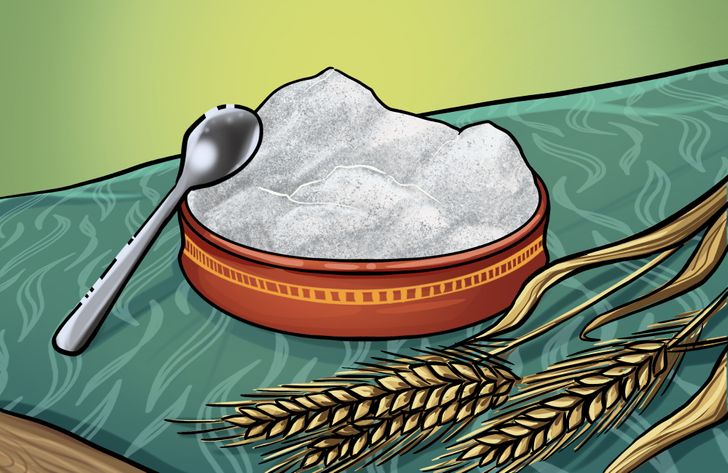
Wheat flour is also known as all-purpose flour, and it’s used for baking and a wide variety of desserts.
This type of flour is produced by grinding wheat kernels, previously cleaned from bran and germs. Wheat flour has a mild taste, and contains a large amount of iron and B vitamins.
Features: It contains gluten and it is refined flour. The nutritional value per 100 g (3.53 oz) is 364 cal.
It’s good for: baking, and making cakes and cookies. It can be used to thicken sauces and soups.
How to substitute all-purpose flour: To reduce the gluten content of flour, you can mix all-purpose flower with whole-grain flour. For example, in a 1:1 ratio.
Rice flour
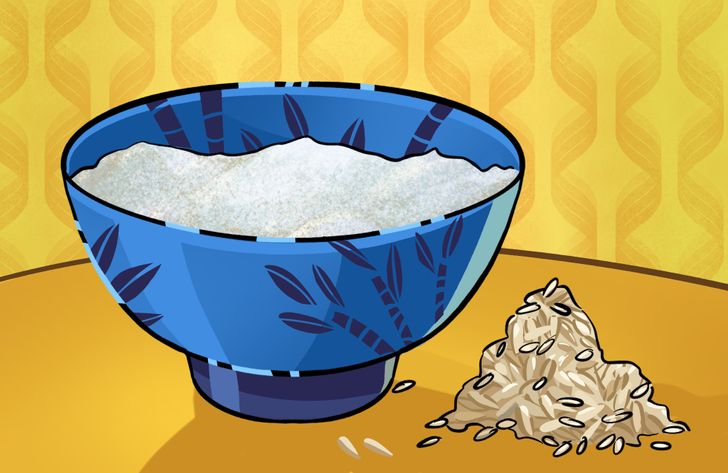
Rice flour, made from ground rice grains, is gluten-free. It’s rich in protein, vitamin B, and zinc, and is lighter, milder, and easier to digest than wheat flour.
Features: It’s gluten-free. The nutritional value per 100 g (3.53 oz) is 366 cal.
It’s good for: rice noodles, pancakes, cakes, and cookies.
How to substitute all-purpose flour: You can substitute 1 cup of wheat flour with 1/3 cup of rice flour. It’s best to use rice flour with some other gluten-free flour.
Almond flour
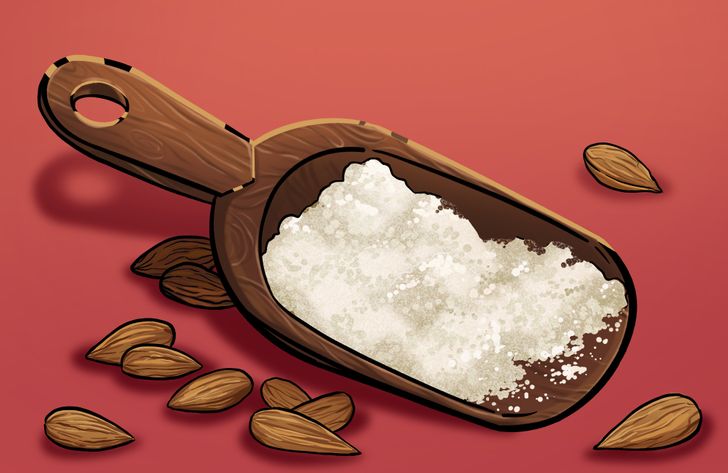
Almond flour is made from crushed almonds. Compared to all-purpose flour, almond flour has more fat and less carbs. It has a subtle nutty flavor and a higher density.
Features: It’s gluten-free. The nutritional value per 100 g (3.53 oz) is 590 cal.
It’s good for: baking bread, pizza bases, and desserts. From almond flour, you can bake pancakes, buns, and use it to make macarons.
How to substitute all-purpose flour: 1 cup of almond flour is roughly equal to 1 cup of all-purpose flour. However, you should keep in mind that almond flour contains much more moisture. For best baking results, it’s recommended to mix it with another flour (such as coconut flour).
Buckwheat flour
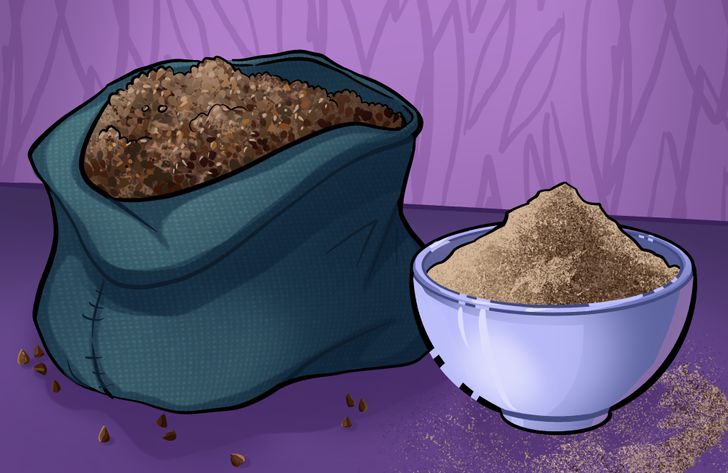
Buckwheat flour is produced by grinding buckwheat groats. It’s gluten-free and good for people with gluten intolerance. In addition, buckwheat flour is nutritious, helps to regulate cholesterol levels, and provides the body with fiber.
Buckwheat flour can be light or dark. Light flour is made from hulled buckwheat and has a finer texture and aroma. Dark flour is produced from unhulled buckwheat, and it has more fiber and a bright aroma.
Features: It’s whole grain flour and gluten-free. The nutritional value per 100 g (3.53 oz) is 335 cal.
It’s good for: baking buns, cookies, bread, pancakes, crackers, and making soba noodles.
How to substitute all-purpose flour: Buckwheat flour has a strong taste, therefore it’s recommended to mix it with a flour that has a more neutral taste (for example, rice flour). It’s best to substitute 1/4 of your all-purpose flour in the recipe with buckwheat flour.
Barley flour
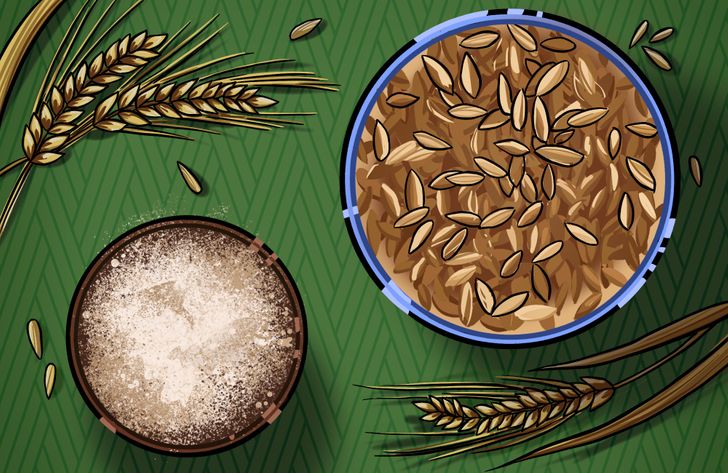
Barley flour is grayish-white in color and doesn’t have a pronounced taste or smell. It contains a significant amount of fiber and protein, and is a good source of vitamins A, B, niacin, and micro-elements like iron, potassium, sodium, and others.
Due to the significant amount of fiber in the composition of this flour, the baked goods made from it are tart in taste.
Features: It’s whole grain flour. The nutritional value per 100 g (3.53 oz) is 345 cal.
It’s good for: cookies, waffles, muffins, and pancakes.
How to substitute all-purpose flour: 1 cup of all-purpose flour can be easily replaced with 1/2 cup of barley flour without making any additional changes to the recipe.